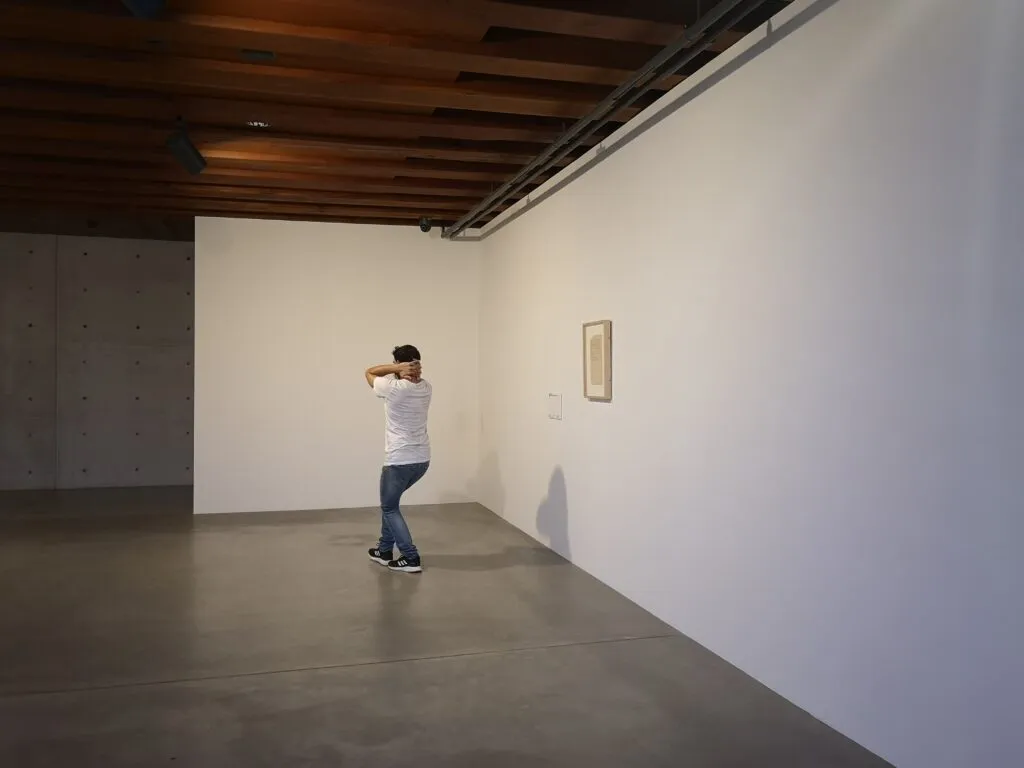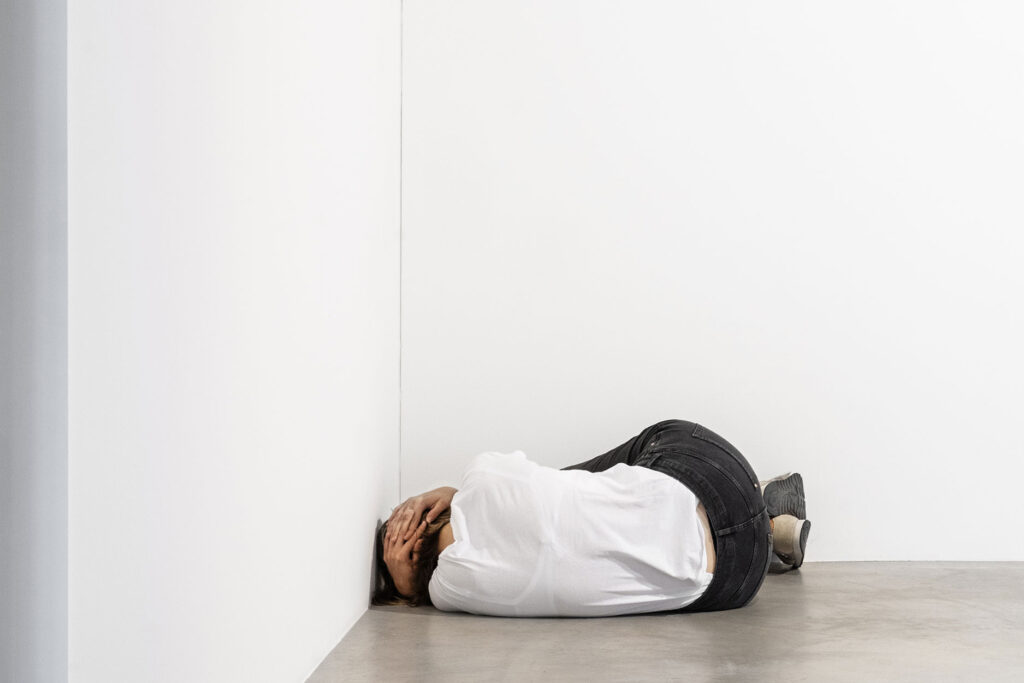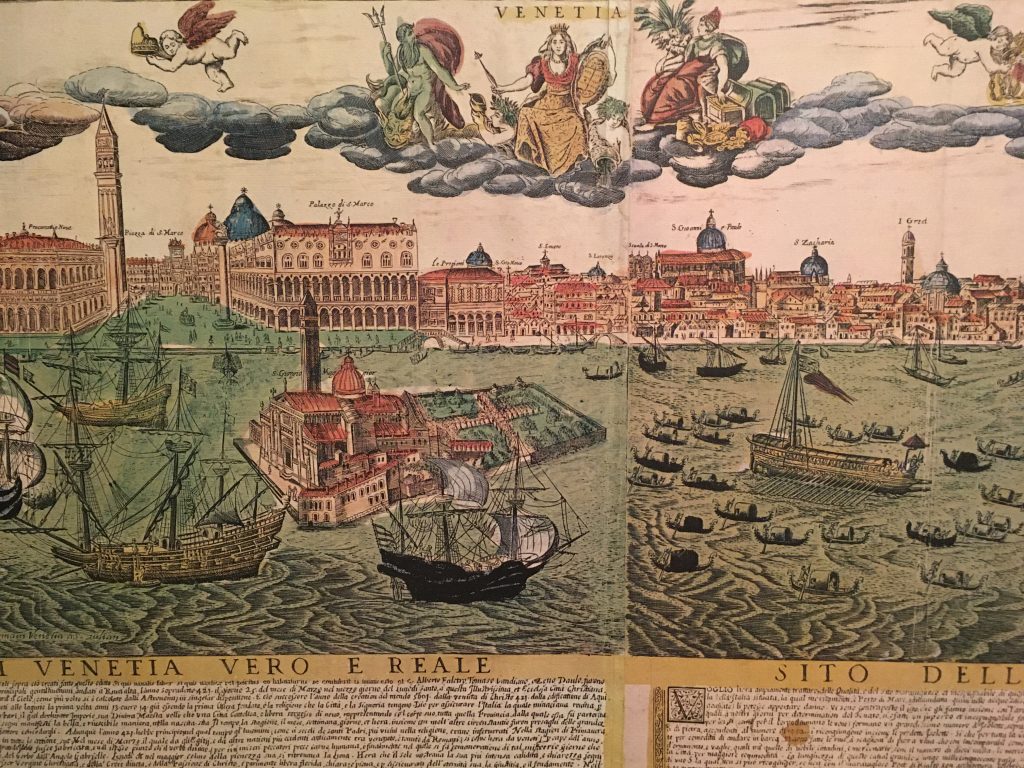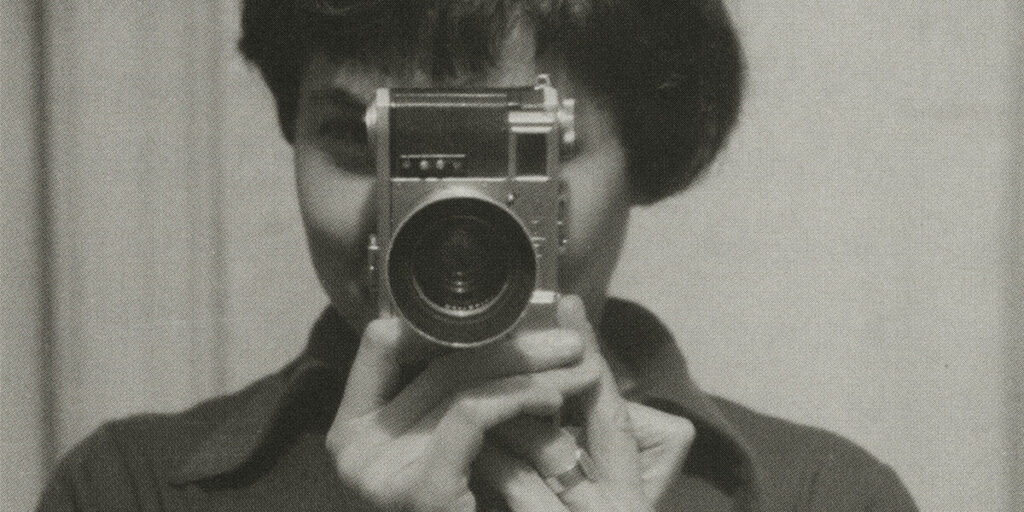The exhibition « Bruce Nauman: Contrapposto Studies », curated by Carlos Besualdo and Caroline Bourgeois, staged at Punta della Dogana has been a huge success since its opening, which has led to the extension of the closing date to november the 27th.
“ … I believe that art begins with the ability to communicate, not a flood of information but an experience … ”
Bruce Nauman in his works and in the title of the exhibition wants to demonstrate the precariousness of most of our reference points. The contrast defines a particularly unstable position, that is, the posture of a human figure standing when the weight of the body rests on a single leg: on this instability reflects the work of the artist who uses different materials and procedures in order to cause the viewer a condition of discomfort due to an experience that forces him to revise his references. Nauman’s work never leaves someone indifferent because it touches on universal themes such as life and death, body, identity, pleasure and pain. The exhibition at Punta della Dogana focuses on three fundamental aspects of Nauman’s work: the artist’s studio as a space for creation, the use of the body in performance and the exploration of sound.
The artist’s studio is the primary place for Nauman’s experimentation: it is here that he develops his own language through very simple actions that see him as protagonist. The exhibition features a series of black and white videos shot in the studio in Southampton between 1968 and 1969. These videos show the artist perform a series of repetitive actions that cause the viewer a feeling of anguish and anxiety. This feeling is due to the compulsivity of the gesture and to the state of imprisonment staged.

The performative art of Bruce Nauman focuses from the beginning on the use of the body. It is considered as a mere work material whether it is his own (video) or when it is that of artists specially chosen by selection (live performance). At the beginning of his activity, performances were mostly consequential movements and the study of these allowed Nauman to discover the existence of strong emotional connections of some positions. His production reflects on them. Inside the exhibition there are real performers and dancers who repeatedly perform three performances conceived by the artist in the sixties. The interview with one of the performers who participated in the staging of the work – Vito Ancona – made explicit the artist’s intentions: Nauman’s primary objective is to use the body as a tool to question himself about nature. Each of the performances is characterized by precise indications that are given by the artist to the performers who make themselves interpreters of a well-defined artistic project. In the first performance, Extended time piece, the performers are positioned in a point of the room to form an angle of 30 degrees to 30 centimeters from the wall. The artist must let himself fall against the wall, holding the fall with his hands and then hit the wall. Often the gestures and strokes of the performers seem synchronized and this produces a sound: it seems that they are “playing architecture”.

It is interesting the order that Nauman gives for another of these performances (Untitled, 1969): “the performer must have a professional attitude and be able to maintain a detached attitude towards the audience”. These indications are accompanied by the artist’s commentary that defines the exercise as very complex both mentally and physically. It is a performance in which the artist must walk with his eyes fixed forward without ever looking at the spectators, with his hands woven behind his neck and slightly crouched as if he were in an environment 30 centimeters lower than his normal height, putting one foot in front of the other very slowly and consciously. This performance is the result of the research on the relationship of man with the world and invites viewers to a fundamental experience: learning to walk as a tool to build them selves.
Throughout the exhibition space, sound becomes particularly important, both in the performances staged and in the videos recorded. In Soundtrack from first violin film, 1969, Nauman collects in one piece the sound tracks extracted from filmed actions, thus using instrumental sounds to elaborate non-musical works; in Sound Breaking Wall instead two small speakers are set on an L-shaped installation and emit the sounds of the exhalation and the other that of a walking alternating with a laugh: the visitor is in extreme difficulty to detect the origin of the sound and this produces uncertainty.

Typical of Bruce Nauman’s production is the desire to create spaces, shapes and uncomfortable actions using mainly body, sound and video. His art is not concerned with doing good things but with making people think about things. The three aspects on which Nauman’s production is based and, consequently, the exhibition at Punta della Dogana (the artist’s studio; the sound and the body in the performance) are not conceived separately from each other but are co-participate in a sensory and immersive experience, indeed most of the recorded performances were made in the studio and involves the use of sound caused by the body in motion or sound recordings. The successful objective of the exhibition is to be physically and mentally surprised by the artist’s works and to start an intense and personal dialogue with him, participating in the work.




